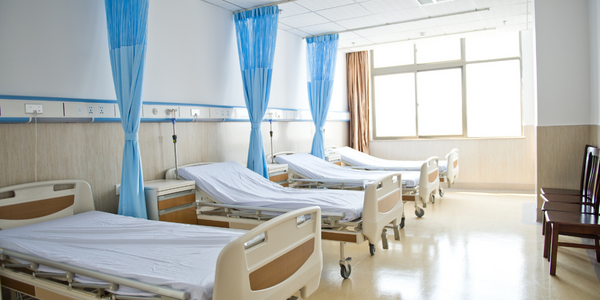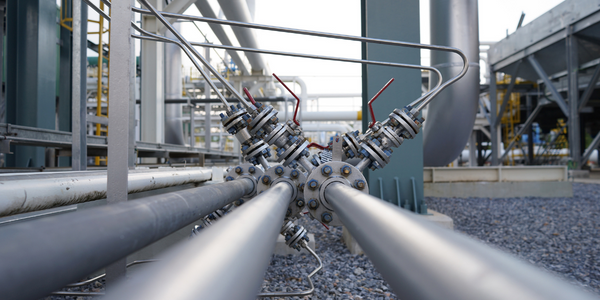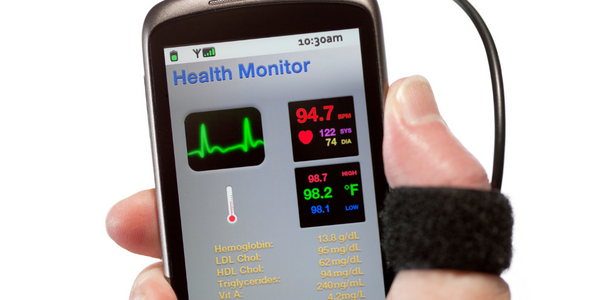Technology Category
- Infrastructure as a Service (IaaS) - Cloud Databases
- Sensors - Acoustic Sensors
Applicable Industries
- E-Commerce
- Healthcare & Hospitals
Applicable Functions
- Maintenance
- Sales & Marketing
Use Cases
- Experimentation Automation
- Predictive Maintenance
Services
- Testing & Certification
About The Customer
Cuisinart is a division of the Conair Corporation and a market leader in culinary appliances, professional quality cookware, outdoor grilling, and kitchen accessories. With a mission to help consumers “Savor the Good Life®,” Cuisinart is committed to producing a wide array of innovative, functional, and top-quality products since 1971. The company was facing a significant challenge with their email marketing program, with a steep drop in deliverability rate due to mail blocks, bounces, and a blacklisted IP address. This led them to seek a more effective solution to improve their email deliverability.
The Challenge
Cuisinart, a leading culinary appliances manufacturer, was facing a significant challenge with their email marketing program. Their email deliverability rate was plummeting due to issues such as mail blocks, bounces, and a blacklisted IP address. The company was struggling to get past spam filters and reach their intended audience. According to Return Path’s Deliverability Benchmark report, approximately 15% of emails don’t reach their intended recipients due to blocks by email service providers and spam filters that scrutinize domain reputation, subscriber engagement, and content. Cuisinart's situation was even more dire, leading them to halt all email marketing activities and seek a more effective solution to improve their email deliverability.
The Solution
Cuisinart partnered with Acoustic and digital agency Whereoware to develop a comprehensive plan to improve email deliverability. The plan was executed in three steps: analyzing the current state, improving data and send health, and maintaining data and deliverability health. The team conducted an in-depth analysis of 12 months of emails, evaluating email content, database health, and domain reputation. They sent live tests of all email templates to 90+ applications, devices, and platforms for spam and deliverability testing. Whereoware also reviewed Cuisinart’s database and data maintenance practices. They then facilitated Cuisinart’s migration to Acoustic Campaign, for a fresh start on a new, dedicated IP address. In the second step, Whereoware developed a new database structure for Cuisinart that accommodated data from multiple systems and allowed tight control of email content and frequency preferences. They also initiated a data cleanse to identify spam traps, hard bounces, and inactive subscribers. In the final step, Whereoware helped Cuisinart maintain the health of their newly cleansed data and nurture their growing email deliverability rate. They created a master email template and implemented user-friendly opt-in and unsubscribe forms. Cuisinart can now segment their subscribers into distinct audiences to offer greater personalization, encouraging higher engagement and boosting open rates.
Operational Impact
Quantitative Benefit

Case Study missing?
Start adding your own!
Register with your work email and create a new case study profile for your business.
Related Case Studies.

Case Study
Hospital Inventory Management
The hospital supply chain team is responsible for ensuring that the right medical supplies are readily available to clinicians when and where needed, and to do so in the most efficient manner possible. However, many of the systems and processes in use at the cancer center for supply chain management were not best suited to support these goals. Barcoding technology, a commonly used method for inventory management of medical supplies, is labor intensive, time consuming, does not provide real-time visibility into inventory levels and can be prone to error. Consequently, the lack of accurate and real-time visibility into inventory levels across multiple supply rooms in multiple hospital facilities creates additional inefficiency in the system causing over-ordering, hoarding, and wasted supplies. Other sources of waste and cost were also identified as candidates for improvement. Existing systems and processes did not provide adequate security for high-cost inventory within the hospital, which was another driver of cost. A lack of visibility into expiration dates for supplies resulted in supplies being wasted due to past expiry dates. Storage of supplies was also a key consideration given the location of the cancer center’s facilities in a dense urban setting, where space is always at a premium. In order to address the challenges outlined above, the hospital sought a solution that would provide real-time inventory information with high levels of accuracy, reduce the level of manual effort required and enable data driven decision making to ensure that the right supplies were readily available to clinicians in the right location at the right time.

Case Study
Gas Pipeline Monitoring System for Hospitals
This system integrator focuses on providing centralized gas pipeline monitoring systems for hospitals. The service they provide makes it possible for hospitals to reduce both maintenance and labor costs. Since hospitals may not have an existing network suitable for this type of system, GPRS communication provides an easy and ready-to-use solution for remote, distributed monitoring systems System Requirements - GPRS communication - Seamless connection with SCADA software - Simple, front-end control capability - Expandable I/O channels - Combine AI, DI, and DO channels

Case Study
Driving Digital Transformations for Vitro Diagnostic Medical Devices
Diagnostic devices play a vital role in helping to improve healthcare delivery. In fact, an estimated 60 percent of the world’s medical decisions are made with support from in vitrodiagnostics (IVD) solutions, such as those provided by Roche Diagnostics, an industry leader. As the demand for medical diagnostic services grows rapidly in hospitals and clinics across China, so does the market for IVD solutions. In addition, the typically high cost of these diagnostic devices means that comprehensive post-sales services are needed. Wanteed to improve three portions of thr IVD:1. Remotely monitor and manage IVD devices as fixed assets.2. Optimizing device availability with predictive maintenance.3. Recommending the best IVD solution for a customer’s needs.

Case Study
HaemoCloud Global Blood Management System
1) Deliver a connected digital product system to protect and increase the differentiated value of Haemonetics blood and plasma solutions. 2) Improve patient outcomes by increasing the efficiency of blood supply flows. 3) Navigate and satisfy a complex web of global regulatory compliance requirements. 4) Reduce costly and labor-intensive maintenance procedures.

Case Study
Cloud-based healthcare solution for Royal Philips
Royal Philips wanted to launch its cloud-based healthcare solution HealthSuite Digital Platform in China to deliver services to help cope with challenges related to urbanization and population growth. Philips wanted to achieve this goal by combining mobile, cloud computing and big data technologies. To bring this platform and product to market, Philips required cloud computing and local technical service capabilities in China, in addition to a flexible IT infrastructure that could handle user requests.








